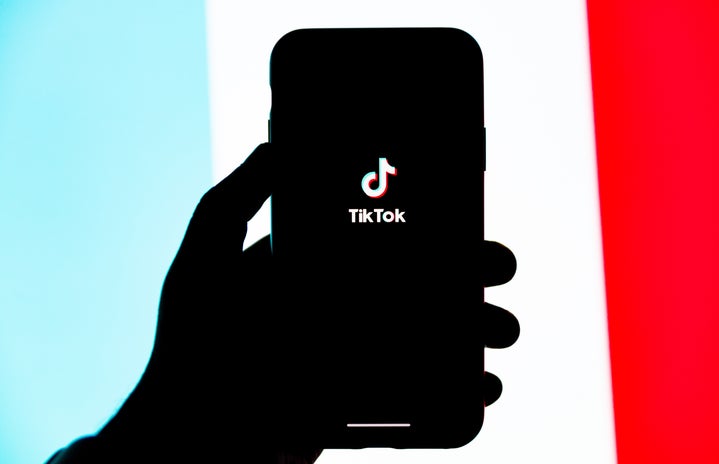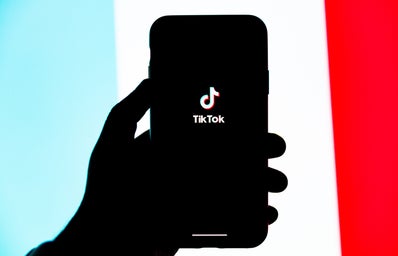As you may know from the swirling social media headlines recently, the House of Representatives officially passed a bill that could ban TikTok in the United States. The vote was 352 “yays” to 65 “nays”.
For the generational spread of TikTok lovers, influencers whose primary source of income is through their TikTok views, millions of Gen Z social media users, and freedom of speech advocates, this overwhelming turnout came as even more shocking and outrageous. Additionally, many stories and segmented videos infiltrating the internet now convey the daunting message that the app faces complete outlaw within the year.
However, as detailed through the years-long timeline of the governmental TikTok debate, the ruling to abruptly abolish the social media site is an exaggerated worst-case scenario. In fact, supporters of the bill dismiss the term “ban,” saying that would only happen if TikTok’s China-based owner, ByteDance, refuses to divest the social media app. The bill is now moving on to the Senate, which has stated that acting on it will not be as urgent to them as it was to the House.
The bill is titled the “Protecting Americans from Foreign Adversary Controlled Applications Act.” This name reveals that the primary motivation behind the bill is national security threats from China, one of the United States’ central foreign adversaries. Since TikTok prevailed in the U.S. in 2017, the FBI has been warning American citizens that the app’s Chinese ownership poses national security risks to its users and the country as a whole.
TikTok was created and is currently owned by ByteDance, a multibillion-dollar Chinese IT company that has exponentially grown since its 2012 establishment due to TikTok’s international reign. ByteDance has alleged ties with the Chinese Communist Party (CCP). The CCP has been attempting to gain intel on American citizens to strategically attempt the ultimate overthrow of the U.S. government and replace them as the world’s central economic power. To achieve this, they use “brazen cyber intrusions,” gaining access to internet-based systems intending to steal sensitive data and wreak general harm. TikTok, mainly due to its sky-high American usage rates, is believed to be a significant host for such encroachments.
The app’s ban began discussion in 2020 when former president Donald Trump announced his consideration of blocking the video-sharing platform. His primary concern was the protection of U.S. data, so the software company Oracle made a bid to protect the nation’s data through an alliance with TikTok.
Flash forward three years to March 2023, when TikTok’s CEO Shou Zi Chew made a speech downplaying the app’s rumored affiliation with the Chinese government. However, Chew’s statement only spurred the House Committee of Energy and Commerce to advocate for a complete TikTok ban, the first significant milestone of the controversy.
It’s monumental that, a year later, the proposal is moving to the Senate. At the head of the proposal, influencers from around the country have banded together in D.C. to protest and protect the app that transformed their careers and lives and are doing the same now.
On March 12, the up-and-coming video-sharing platform Rumble (similar to YouTube) offered to buy the rights to TikTok so that it will no longer be under ByteDance’s rules. Over the past couple of years and especially in the hours since the offer, Rumble’s stock (RUM) has expeditiously increased in shares. Despite the company being worth dozens of billions less than TikTok, its rapid projected growth could strongly sway ByteDance toward accepting the offer.
The overarching question of the possible ban is whether or not TikTok plays an instrumental role in successfully combatting China’s authoritarian government. As of right now, all the TikTok fanatics like myself can take a breath; the cherished app will not face restriction any time soon — if at all. In the meantime, I’ll be highly alert to the Senate rulings to learn about their next steps.
Want to see more HCFSU? Be sure to like us on Facebook and follow us on Instagram, Twitter, TikTok, and Pinterest!


